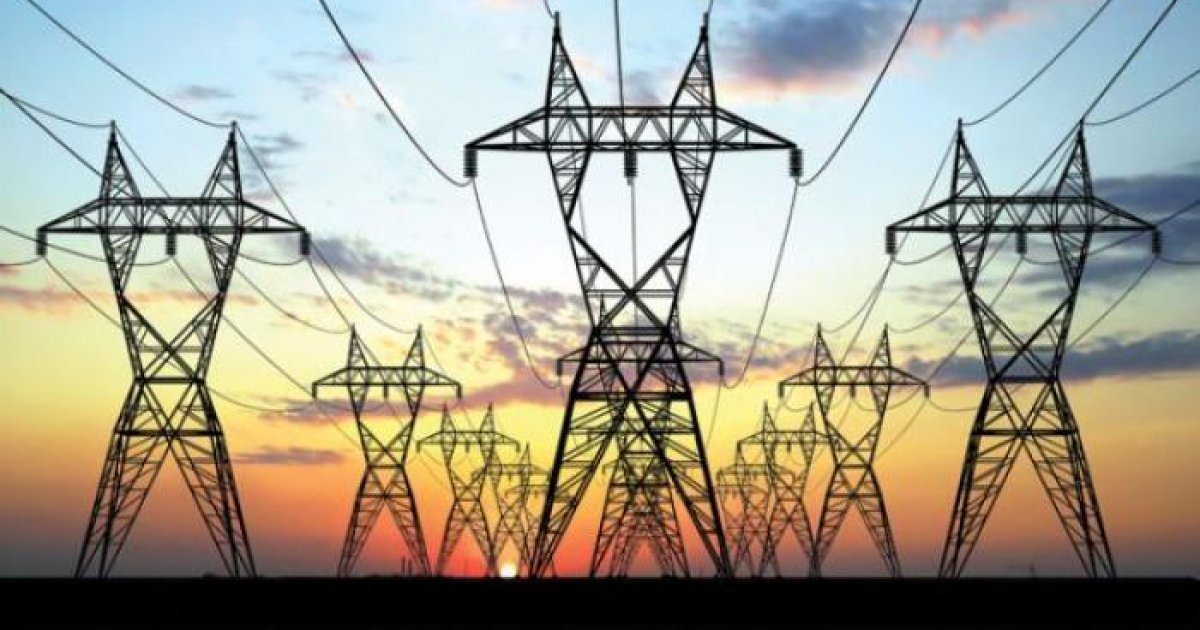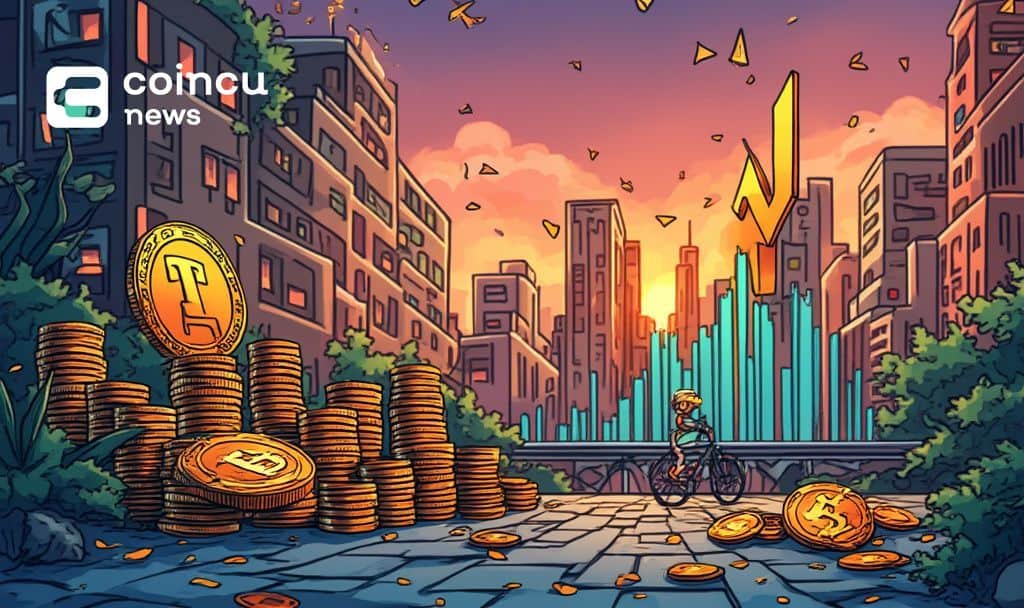Why Plume Network (PLUME) Failed to Hold Gains After Binance Listing
The post Why Plume Network (PLUME) Failed to Hold Gains After Binance Listing appeared on BitcoinEthereumNews.com. Plume Network (PLUME), a blockchain project focused on tokenizing real-world assets (RWA), surged strongly after listing on Binance. However, selling pressure soon overwhelmed demand, dragging the price even lower than before the listing news. This article points out the core issues shaping investor sentiment. A Short-Lived Rally and Sudden Crash in August After its Binance listing, PLUME soared over 30%, surpassing $0.11. The rally came from community hype and inflows from retail traders. Its 24-hour trading volume exceeded $200 million, a 10x increase compared to previous days. But according to BeInCrypto data, PLUME quickly went on a roller-coaster ride. Its price dropped sharply to $0.0865 within a short time, causing losses for FOMO traders. PLUME price performance before and after Binance listing. Source: BeInCrypto On-chain trading community Evening Trader Group spotted that a large whale wallet sent all its accumulated PLUME to exchanges before Binance announced the listing. This whale realized an actual profit of over $1.66 million from PLUME. A Binance listing is usually seen as extremely bullish. But this sharp drop reflects profit-taking sentiment from short-term investors. It highlights investor concerns over PLUME’s tokenomics structure and internal selling pressure. Pressure From Token Unlock Schedule and Declining Holders Another key reason PLUME lost momentum is investor fear of its token unlock schedule. According to CryptoRank, over 70% of PLUME’s supply is still locked. But on August 21, more than 108 million PLUME tokens will unlock. After that, 1.08% of the total supply will unlock every month. Plume Network (PLUME) Vesting Schedule. Source: CryptoRank This schedule creates continuous selling pressure. Early investors and token holders may sell to take profits. Unlocking such a large number of tokens quickly could expand circulating supply, pushing prices lower—especially if market demand isn’t strong enough to absorb the new tokens. Moreover, TokenTerminal data shows…

The post Why Plume Network (PLUME) Failed to Hold Gains After Binance Listing appeared on BitcoinEthereumNews.com.
Plume Network (PLUME), a blockchain project focused on tokenizing real-world assets (RWA), surged strongly after listing on Binance. However, selling pressure soon overwhelmed demand, dragging the price even lower than before the listing news. This article points out the core issues shaping investor sentiment. A Short-Lived Rally and Sudden Crash in August After its Binance listing, PLUME soared over 30%, surpassing $0.11. The rally came from community hype and inflows from retail traders. Its 24-hour trading volume exceeded $200 million, a 10x increase compared to previous days. But according to BeInCrypto data, PLUME quickly went on a roller-coaster ride. Its price dropped sharply to $0.0865 within a short time, causing losses for FOMO traders. PLUME price performance before and after Binance listing. Source: BeInCrypto On-chain trading community Evening Trader Group spotted that a large whale wallet sent all its accumulated PLUME to exchanges before Binance announced the listing. This whale realized an actual profit of over $1.66 million from PLUME. A Binance listing is usually seen as extremely bullish. But this sharp drop reflects profit-taking sentiment from short-term investors. It highlights investor concerns over PLUME’s tokenomics structure and internal selling pressure. Pressure From Token Unlock Schedule and Declining Holders Another key reason PLUME lost momentum is investor fear of its token unlock schedule. According to CryptoRank, over 70% of PLUME’s supply is still locked. But on August 21, more than 108 million PLUME tokens will unlock. After that, 1.08% of the total supply will unlock every month. Plume Network (PLUME) Vesting Schedule. Source: CryptoRank This schedule creates continuous selling pressure. Early investors and token holders may sell to take profits. Unlocking such a large number of tokens quickly could expand circulating supply, pushing prices lower—especially if market demand isn’t strong enough to absorb the new tokens. Moreover, TokenTerminal data shows…
What's Your Reaction?







































